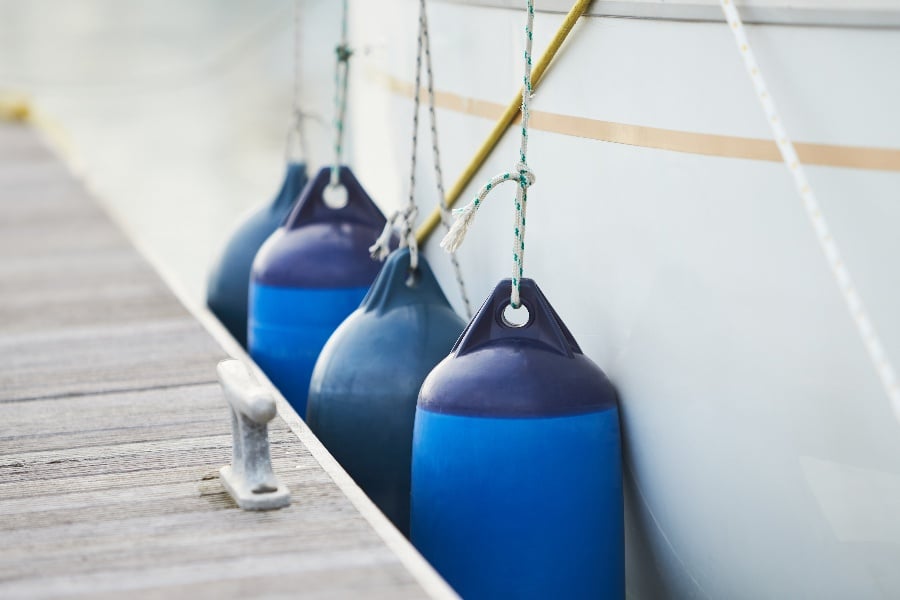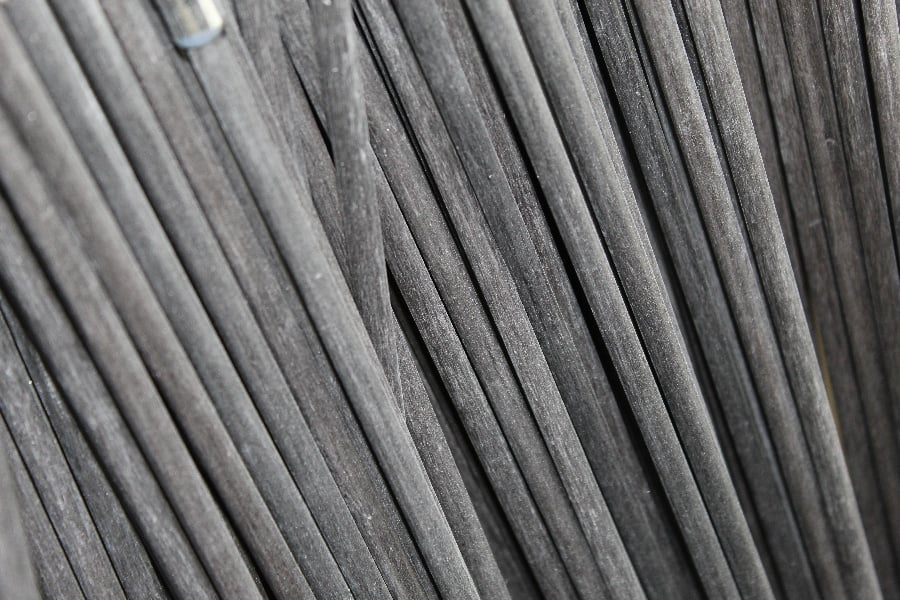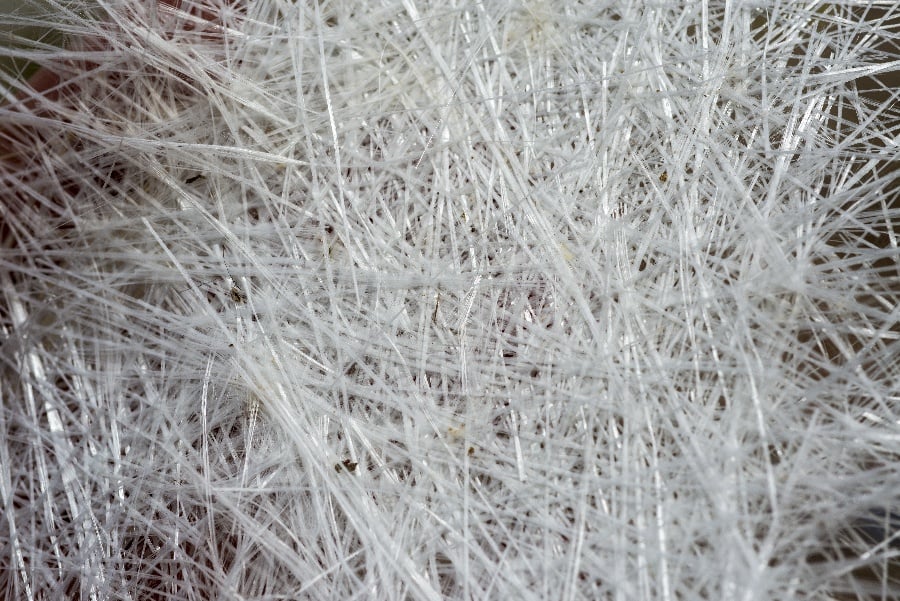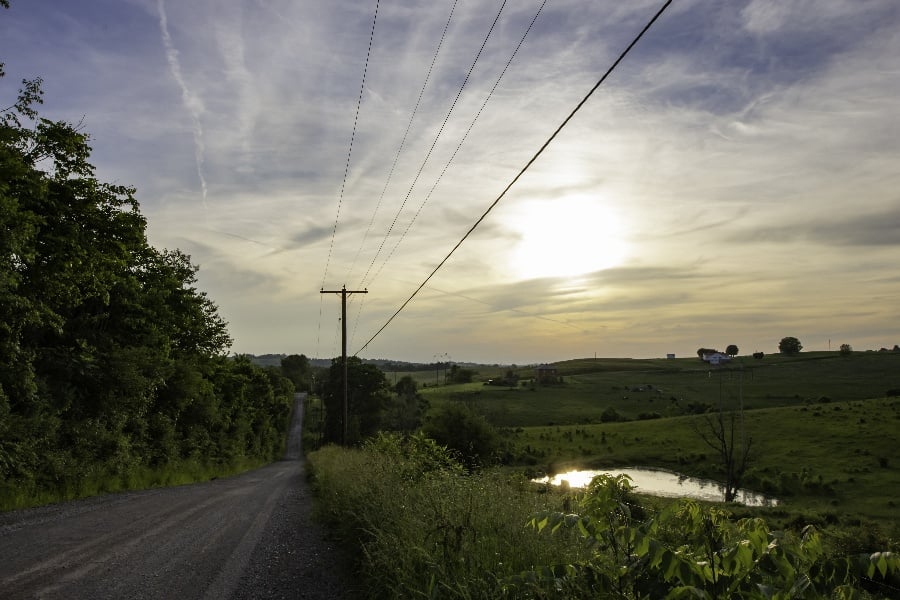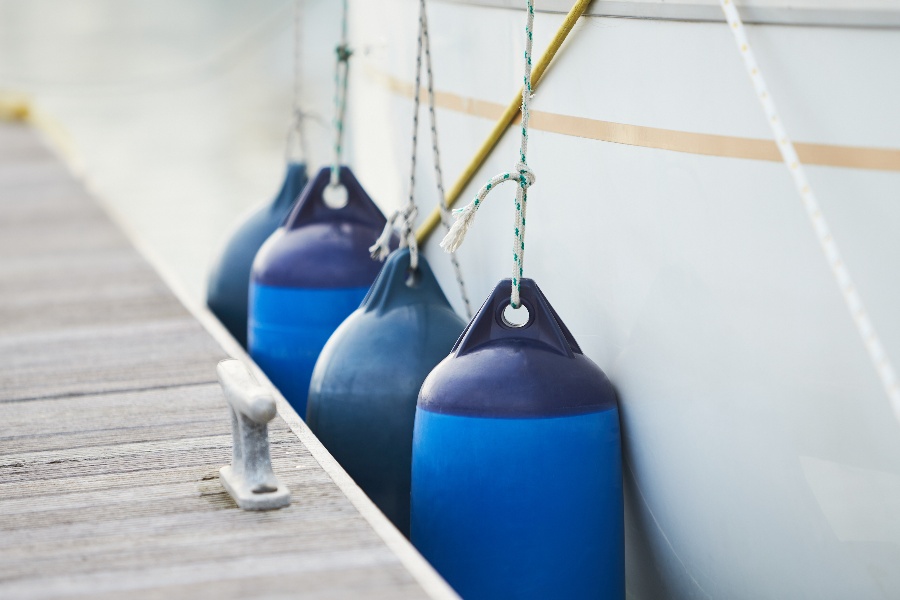
When it comes to protecting your boat, nothing is more important than a good set of fenders. Fenders help to cushion the impact between your boat and the dock or other vessels, preventing scratches and dents.
They also absorb shock, which helps to protect your hull from impact damage. However, fenders can be just as important when you're out on the open water. Floating fenders are designed to provide protection while you're underway, and they can be an essential part of your boating safety gear.
For pier and dock owners, fenders are an essential piece of equipment. They help to protect the pier or dock from damage caused by boats. Fenders also help to keep the water around the pier or dock clear, making it easier for boats to maneuver. Floating fenders are especially effective at preventing damage because they can move with the waves and tides.
As a result, they are less likely to become dislodged and cause damage to the pier or dock. In addition, floating fenders are less likely to trap sediment and debris, which can make it difficult for boats to dock. For these reasons, floating fenders are an essential piece of equipment for pier and dock owners.
Floating Fender Design
Designing effective floating fenders is not as simple as it might seem. In order to be effective, floating fenders must be able to resist both impact and abrasion while also being durable enough to withstand harsh weather conditions. They must also be designed in a way that minimizes the risk of entanglement. In other words, there is a lot to consider when designing floating fenders.
Fortunately, there are a number of tried and tested methods for designing effective floating fenders. One common approach is to use closed-cell foam encapsulated in a heavy-duty fabric shell. This method provides excellent resistance to impact and abrasion while also being very durable. Another popular option is to use inflatable chambers filled with air or water. This method gives the fender a cushioning effect that helps to absorb the force of impact. Whichever approach you choose, careful design is essential for creating adequate floating fenders.
Floating Fender Material Choice
When it comes to choosing the right material for your floating fenders, there are a few things you need to take into account. The first is the weight of the fender. You want something that is light enough to float but also strong enough to withstand knocks and bumps. The second is the size of the fender. It needs to be large enough to provide adequate coverage but not so large that it gets in the way.
The third is the color of the fender. You want something that is visible, so it can be easily seen by other boats. And finally, you want something that is durable and will last for many years. With so many different materials on the market, it can be difficult to know which one is right for your application. But if you keep these factors in mind, you should be able to find the perfect floating fender for your needs.
When it comes to protecting your boat from docking damage, you have a few different options for fender material. The most popular choices are rubber, vinyl, and polyethylene. Each material has its own advantages and disadvantages, so it's important to choose the right one for your needs. Rubber is one of the most durable options, but it can also be the most expensive. Vinyl is a budget-friendly choice that's easy to clean, but it's not as durable as rubber. Polyethylene is the lightest weight option, making it easy to store and transport, but it's not as resistant to UV damage as the other two materials. Ultimately, the best fender material for you will depend on your budget and what type of performance you're looking for.
Fiberglass-reinforced plastic (FRP) is another potential material that engineers can utilize in fender design.
FRP for Floating Fenders
Fiberglass-reinforced plastic is an increasingly popular choice for marine applications due to its high strength-to-weight ratio, low moisture absorption, and resistance to salt water. FRP is made by combining glass fibers with a polymer resin, and this combination results in a material that is much stronger than either component alone.
FRP Floating Fender Design
FRP can be used as the inner lining of the fender. This inner lining gives shipping and dock operators the strength and flexibility needed to operate safely and efficiently. The inner lining is not heavy enough to sink the fender and provides the flexibility. This material can be used in other marine applications, such as shipping containers.
Another potential method to create a fender system using FRP is to use a FRP box module that is filled with rows of FRP tubes. This system design would ensure proper energy dissipation to protect both vessels and structures, such as bridge piers. The modular construction of this type of system also offers easy replacement capabilities where users can simply replace a damaged FRP tube.
Resistance
FRP is resistant to salt water and chemicals, meaning it won't break down or degrade over time. This capability makes it an ideal choice for environments where salt water and harsh chemicals are present. FRP is also resistant to sunlight making it an ideal choice for marine applications.
Lightweight and Flexibility
The material is lightweight yet strong, making it easy to transport and install. The versatile nature of FRP composites also allows for great design flexibility, with fenders available in a variety of sizes and shapes to meet the specific needs of each application.
Durable
FRP has a long operational life and requires minimal maintenance, making them ideal for use in floating fenders. When properly designed, installed and maintained, they can offer a long operational functionality life with minimal maintenance.
These properties make FRP an ideal choice for use in floating fenders, which are designed to absorb the impact of waves and protect docks and vessels from damage. As a result, FRP is an excellent choice for anyone looking to build a floating structure or vessel that will last for years to come.
Floating fenders are a critical part of any waterfront infrastructure. By using Tencom’s FRP products, you can be sure that your products will last for years to come. With years of experience in the composites industry, we know how to make high-quality FRP products that meet and exceed our customer’s expectations.

